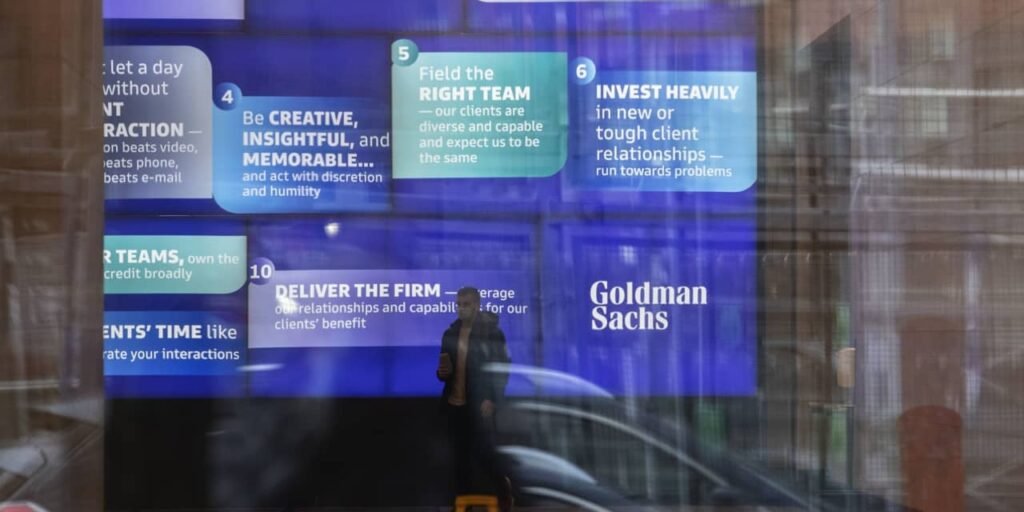Goldman Sachs
strategists raised their forecast for the
S&P 500
to 5100 from 4700 as stocks keep powering ahead. The overarching reason for both moves is the expectation that interest-rate cuts by the Federal Reserve will aid the market in two ways.
The Fed signaled last week that as the rate of inflation has dropped, it may cut short-term interest rates to ensure that the economy continues to grow. Yields on longer-dated government debt often move in response to expectations for short-term rates, so the yield on the 10-year Treasury note, which was already under pressure, has fallen to about 3.9% from near 5% in October.
The first critical factor for stocks is that inflation-adjusted yields are down as well. The current 10-year yield of 3.9%, minus the 2.21% average annual inflation that St. Louis Fed data show is expected over the coming 10 years, brings the real yield to 1.69% from about 2.5% in late October.
Lower real yields are a shot in the arm for the stock market. When safe government bonds are less appealing, it makes investors willing to pay more for the streams of profits stocks generate. Goldman’s forecast reflects that.
The bank says that by the end of 2024, the S&P 500 should be trading at 19.9 times the aggregate per-share earnings its component companies are expected to generate over the following year. Tuesday afternoon, the index was near 4760, trading at about 19.5 times.
“Decelerating inflation and Fed easing will keep real yields low and support a price/earnings multiple greater than 19 times,” wrote David Kostin, Goldman’s chief U.S. equity strategist.
To be sure, having real yields at their current level doesn’t always mean such a high valuation for stocks. When the 10-year real yield was at around 1.7% in January this year and October of 2022, the index’s forward price/earnings multiple was a little below 19 times.
The silver lining today, the second element of Goldman’s thesis, is that the market expects earnings to keep growing—a reason to pay up for stocks now to capture future profits. This makes sense given that the economy has been growing at annual rates in the low to mid single digits for the past several quarters.
Lower rates will only fuel continued demand for goods and services, with positive implications for sales and profits. Goldman’s model predicts that aggregate earnings per share for S&P 500 companies will grow 8% to $237 in 2024. The logic is that sales could grow moderately, while buybacks reduce the number of shares outstanding, increasing the earnings available to each share.
Goldman is looking for more growth in 2025, calling for another 8% growth to $256. If the index traded at 19.9 times that number, as Kostin expects it will, that would bring the S&P 500 to 5094.4, a hair short of the bank’s target.
The risk is that economic growth could slow down within the next couple of years, but that is a story for another day. Right now, the Fed is likely to move out of way, for the economy, corporate profits, and stocks.
Write to Jacob Sonenshine at jacob.sonenshine@barrons.com
Read the full article here
